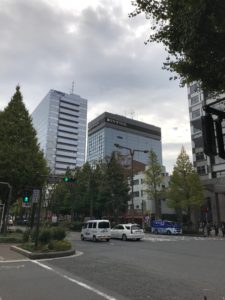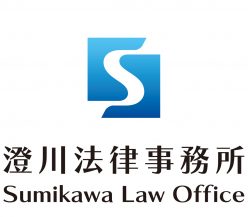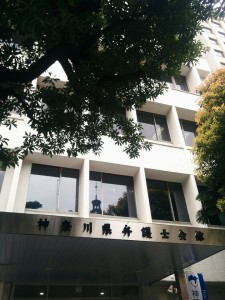 Yokohama International Business Group is holding the first networking event of the year, on 26th January (Friday).
Yokohama International Business Group is holding the first networking event of the year, on 26th January (Friday).
Please join us to connect with international professionals who are experienced with doing business in the region. It will be a good opportunity for business networking and information exchange for businesses around Tokyo, Kawasaki and Yokohama.
One of our member will provide short lecture about craft beer, which should make you a little happier in your future beer life. Also we can provide information about Kawasaki city regarding businesses and souvenirs, the city with 1.5 million population between Tokyo and Yokohama, which you might have just “passed by” in the past.
Beverages (craft beer, wine, shochu, other liquors and soft drinks) and foods (sushi and pizza) will be served. Feel free to join the friendly international and business networking.
Date and Time 26th January (Friday) 6:30PM
Place: Sumikawa Law Office
Cost: 3,000yen



 Yokohama Bar Association (established in 1892) was the only bar association in Kanagawa prefecture. All the attorneys (Bengoshi) in Kanagawa prefecture were the member of this association, but it was often misunderstood from the name that the bar association only covered Yokohama city area.
Yokohama Bar Association (established in 1892) was the only bar association in Kanagawa prefecture. All the attorneys (Bengoshi) in Kanagawa prefecture were the member of this association, but it was often misunderstood from the name that the bar association only covered Yokohama city area.